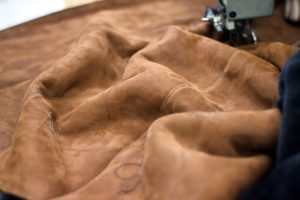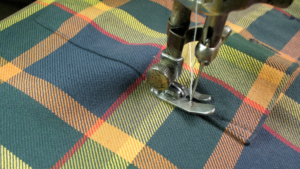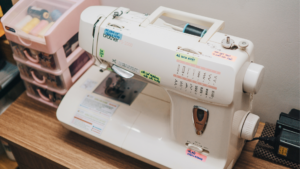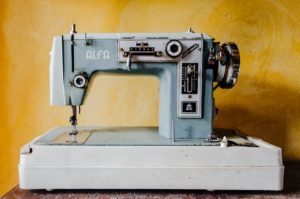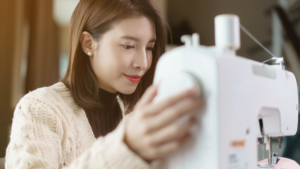Last Updated on June 1, 2022
Are you needing to know how to choose the right sewing machine needle size for cotton? In this article we will help you choose the right one.
Sewing machine needles are available in a variety of sizes and thicknesses, depending on their intended application. By using the correct sewing machine needle sizes, you can avoid broken threads, skipped stitches, and create a perfect professional-looking seam.
But what sewing machine needle size should you use for cotton? Medium-sized needles, like 80/12 and 90/14, are ideal for cotton fabric. Cotton quilting pieces, lightweight upholstery, denim, silk dupioni, and other fabrics of comparable weight work well with them.
This article will help you to have a better experience in sewing your cotton fabric. Aside from that, you will also learn the correct way to put the needle in the sewing machine.
How To Determine The Type Of Needle To Use For Sewing Cotton
Different sewing machine needles are for different textiles; cotton cloth is commonly sewn using needle sizes 80/12 and 90/14. These are the most common sizes, but don’t be afraid to experiment with different needle kinds for your project.
You may use any needle for cotton cloth, depending on your experience level and the availability of such a needle. The following is a list of different needle types and their functions on various sewing materials.
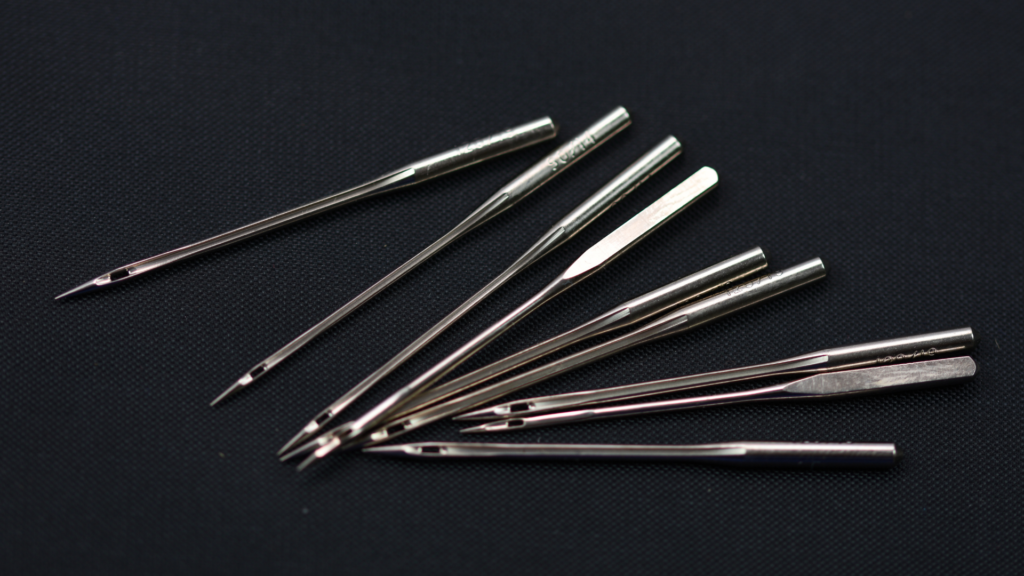
Universal
These will be the most regularly used needles. They can sew various textiles, including woven and sturdy (but not very elastic) knits.
They can work with both natural and synthetic fibers. With a few packs of varied sewing machine needle sizes ranging from 10/70 to 14/90, you’ll be able to cover a wide range of textiles. The tip of universal needles is slightly rounded.
Ball Point Needles
You may use a ballpoint needle for tightly woven materials and knit fabrics with a low stretch factor. You may use this needle for cotton, polyester, and polyester cotton.
Their rounded tip, as the name implies, allows them to slide between strands without cutting them. It is especially critical with stretch textiles, which are prone to forming holes.
Jersey Needles
You can use this needle with knit fabrics that have a medium stretch factor. The rounded tip should go between fibers without laddering or causing holes.
Stretch Needles
These are made for fabrics with a lot of elasticity, such as dance lycra and swimwear fabric. These are also frequently used to stitch elastics.
Leather Needles
If you’re sewing leather or vinyl, you’ll need leather needles. They feature a pointed tip that pierces the leather. To avoid perforation, make sure you extend your stitches in conjunction with using the leather needle.
Quilting Needles
Quilting needles should have reinforcement so they can pierce through multiple layers of fabric and batting. The needles will not shatter or bend as a result of this. They’re also ideal for sewing through heavier interfacing and layers in bag construction.
Topstitching Needles
Topstitching needles are reinforced and have wide eyes for the thick thread. There will be multiple layers to thread through because of topstitching on the edge.
Sharps/Microtex
Sharp needles are thicker, more delicate, and sharper than universal needles. When stitching thin vinyl, appliqué, silks, and tightly woven materials, they are employed.
Jeans Needles (Denim Needles)
These are, of course, for sewing thick and hefty denim. These needles are usually available in heavier sewing machine needle sizes. They are powerful enough to make a pair of pants or overalls for yourself.
Double (Twin Needles)
Double needles have two needles that you should link at the top. They’re used to stitch stretch garment hems.
Things To Check When Testing An Alternative Needle
- Place the needle in the needle bar and align it, but do not thread it.
- To see the hook and bobbin area inside the machine, remove the needle or bobbin access plate.
- Slowly crank the handwheel, keeping an eye on the needlepoint as it enters the machine.
- Make sure the needlepoint does not come into contact with any of the machine’s components. The bobbin case, shuttle point, rotary hook, and any other machine part fall under this category. A torch and magnifier may be necessary!
- If everything is well so far, please replace the needle plate on the machine. Then carefully turn the handwheel to move the needle back and forth through the up-down cycle.
- Watch as the needle’s point clears the needle plate (and invisible fabric) on the upstroke. Ensure the feed hasn’t started moving the fabric until the needle is clear of the invisible fabric.
- If everything still works in order, you should sew with this new needle.
- There will be a time where the alternative needle’s dynamic is altered, and the hook couldn’t grab the top thread during the needle up and downstroke. You may have skipped stitches. It could be because of the following factors:
-
- The distance between the needle’s butt and the top of the eye differs from that of the original needle.
- The hook moved too far away from the needle after switching from a flat to a round shank.
- This problem of skipped stitches has no simple remedy. If you’re a sewing machine mechanic, you might be able to re-time the machine.
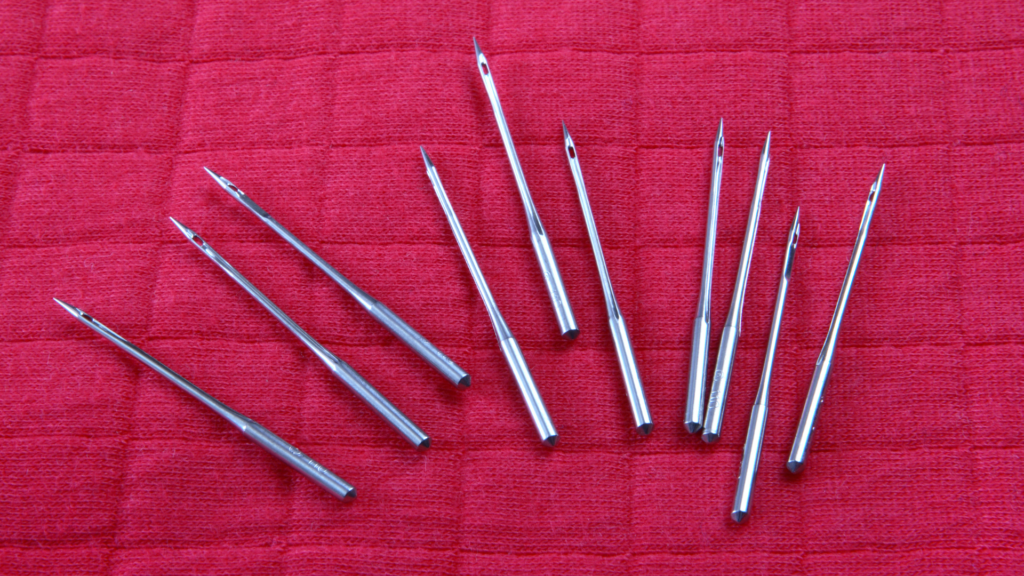
Some Final Words
When shopping for sewing machine needles, look for the kind first and then the size. If you start looking for sizing, it will give you a hard time as there are so many options. I hope this guide helps you with choosing the best needle for your DIY project!
Happy sewing!

